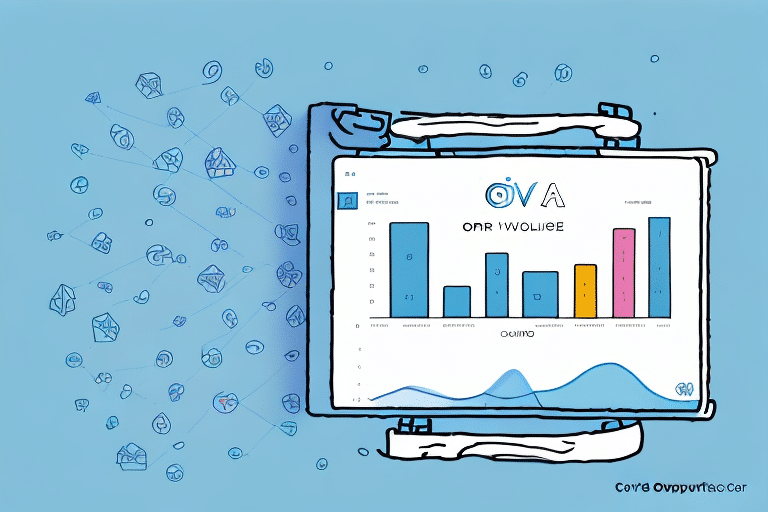Understanding Shopping Cart Abandonment: Causes and Solutions
Shopping cart abandonment remains a significant challenge for ecommerce businesses, with an average rate hovering around 70%. Understanding the underlying reasons why customers abandon their carts and implementing effective strategies to address these issues can substantially boost your conversion rates and overall sales.
Common Reasons for Shopping Cart Abandonment
Customers abandon their shopping carts for various reasons. Identifying these factors is crucial to developing targeted solutions.
- Unexpected Shipping Costs: High or unforeseen shipping fees can deter customers from completing their purchases.
- Complex Checkout Process: Lengthy or complicated checkout procedures frustrate users, leading them to abandon their carts.
- Lack of Trust: Concerns about website security and data privacy can prevent customers from finalizing transactions.
- Website Errors: Technical glitches or slow loading times disrupt the shopping experience.
- Price Comparison: Customers often add items to carts while comparing prices across different platforms.
- Change of Mind: Users may simply reconsider their purchase or find a better deal elsewhere.
- Payment Issues: Limited payment options or problems during payment processing can halt the purchase process.
Impact of Unexpected Shipping Costs
According to a Shopify study, unexpected shipping costs are one of the top reasons for cart abandonment, accounting for nearly 28% of cases. Transparent pricing strategies can mitigate this issue.
Importance of a Streamlined Checkout Process
A streamlined checkout process is essential. Research by Baymard Institute indicates that complex checkout procedures significantly increase abandonment rates. Simplifying steps and minimizing required form fields can enhance user experience.
Strategies to Reduce Shopping Cart Abandonment
Implementing effective strategies can help lower abandonment rates and recover lost sales.
Enhancing Transparency in Pricing
Clearly display all costs, including taxes and shipping fees, early in the checkout process to prevent surprises that lead to abandonment.
Optimizing the Checkout Experience
Ensure the checkout process is intuitive and user-friendly. Features such as guest checkout options, progress indicators, and minimized form fields can enhance completion rates.
Building Trust with Security Measures
Incorporate trust signals like SSL certificates, security badges, and clear privacy policies to reassure customers about the safety of their transactions.
Offering Multiple Payment Options
Providing a variety of payment methods, including credit cards, PayPal, Apple Pay, and emerging options like cryptocurrency, caters to diverse customer preferences and reduces payment-related abandonment.
Implementing Retargeting and Email Recovery
Use retargeting ads and automated email campaigns to remind customers of their abandoned carts. Personalized incentives, such as discount codes or free shipping offers, can entice users to complete their purchases.
Utilizing Data Analytics for Continuous Improvement
Regularly analyze abandonment data to identify trends and pain points. Tools like Google Analytics can provide valuable insights into user behavior, enabling you to make informed adjustments to your strategies.
Industry Benchmarks and Performance Metrics
Understanding industry benchmarks helps in assessing your store's performance relative to competitors.
- The average ecommerce cart abandonment rate is approximately 70%, according to Shopify.
- A conversion rate of 2-3% is typical, but optimized stores can achieve rates above 5%.
- Mobile abandonment rates are often higher than desktop, emphasizing the need for mobile optimization.
Best Practices for Reducing Cart Abandonment
Adhering to best practices can significantly lower abandonment rates and enhance customer satisfaction.
- Simplify Navigation: Ensure your website is easy to navigate, allowing customers to find products and information effortlessly.
- Provide Clear Product Information: Detailed descriptions, high-quality images, and customer reviews build confidence in the purchasing decision.
- Offer Guest Checkout: Allowing users to checkout without creating an account reduces friction in the purchasing process.
- Implement Exit-Intent Popups: Use popups to capture abandoning customers with special offers or support options.
- Optimize for Mobile Devices: Ensure your website is responsive and performs well on all devices to cater to the growing number of mobile shoppers.
Testing and Optimizing Your Checkout Process
Continuous testing and optimization are essential for maintaining a low cart abandonment rate.
- A/B Testing: Experiment with different checkout layouts, button placements, and color schemes to determine what resonates best with your audience.
- Monitor Performance: Use analytics tools to track the effectiveness of changes and identify areas for further improvement.
- Gather Customer Feedback: Encourage customers to provide feedback on their checkout experience to uncover hidden issues.
Conclusion: The Path to Higher Conversion Rates
Reducing shopping cart abandonment is pivotal for increasing ecommerce success. By understanding the reasons behind abandonment and implementing strategic solutions, businesses can enhance user experience, build trust, and ultimately boost their conversion rates. Continuous analysis and optimization ensure that your strategies remain effective in a dynamic digital marketplace.








